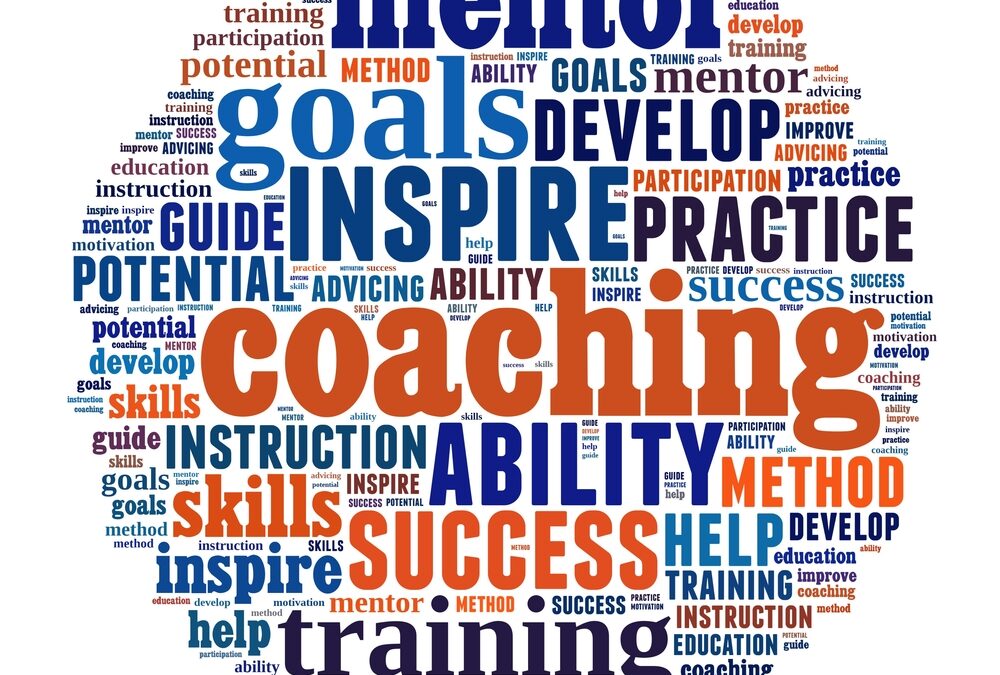Coaching underperforming employees requires a thoughtful and strategic approach to help them improve their performance and reach their full potential. Here are some effective strategies to guide you in this process:
Open and Honest Communication
Open and honest communication is the cornerstone of any successful coaching process. Start by initiating a private and respectful conversation with the underperforming employee. Create a safe space where they can openly express their thoughts, challenges, and concerns. Encourage them to share their perspective on their performance and its underlying causes. It is essential to strike a balance between providing constructive feedback and maintaining a supportive, non-confrontational tone.
Identify the Root Causes
To effectively coach underperforming employees, it is vital to dig deep and identify the root causes of their underperformance. Is it a matter of lacking the necessary skills or knowledge for their role, or are there motivational and personal challenges at play? By working closely with the employee, you can gain insight into the specific factors contributing to their underperformance. This diagnosis is critical as it informs the development of a targeted coaching plan that addresses the root issues.
Set Clear Expectations
Setting clear expectations is fundamental for any employee’s success, particularly those who are underperforming. Clearly define the employee’s job responsibilities, performance standards, and what is expected of them. This includes outlining specific tasks, deadlines, and quality benchmarks. Make sure they understand the company’s mission and their role in achieving it. Establishing these clear expectations provides a baseline for the employee to measure their progress and align their efforts with organizational goals.
SMART Goals
SMART goals are an invaluable tool in coaching underperforming employees. Collaborate with the employee to set Specific, Measurable, Achievable, Relevant, and Time-bound goals. These goals should be directly related to the areas in which they need to improve. By making the goals specific and measurable, you provide a clear path for both the employee and yourself to track their progress. Setting achievable and relevant goals ensures that they are realistic and in line with the employee’s role and the organization’s objectives. The time-bound element adds a sense of urgency and a deadline for achieving these objectives.
Individualized Coaching Plans
No two employees are the same, and their coaching plans should not be either. Tailor coaching plans to meet the unique needs and challenges of the underperforming employee. Consider their learning style, strengths, and weaknesses when crafting the plan. Individualized coaching plans may involve a combination of skill development, mentorship, and additional training resources that are designed to address the specific issues contributing to their underperformance.
Regular Feedback
Providing regular and consistent feedback is an integral part of the coaching process. Feedback should be timely, specific, and focused on observable behaviors. It is important to highlight both areas of improvement and areas where the employee is excelling. Constructive feedback helps the employee understand their progress and make necessary adjustments. Regular feedback sessions serve as checkpoints to assess whether they are meeting the goals and expectations outlined in their coaching plan.
Training and Development
Identifying areas where the employee may need additional training and development is essential to address their underperformance. Once these gaps in skills or knowledge are identified, offer opportunities for improvement. This might involve internal resources, such as workshops online courses, or external training programs and certifications. The goal is to provide the underperforming employee with the tools and knowledge they need to excel in their role.
Mentoring and Shadowing
Mentoring and shadowing can be powerful strategies for coaching underperforming employees. By pairing the underperforming employee with a high-performing colleague or mentor, you create a valuable learning experience. This mentor can offer guidance, share best practices, and provide real-world examples of successful performance. Observing someone who excels in their role can inspire and motivate the underperforming employee, offering practical insights that can lead to improved performance.
Motivation and Recognition
Understanding what motivates the underperforming employee is crucial. People are motivated by different factors, including intrinsic and extrinsic motivators. By identifying what drives the individual, you use appropriate incentives to boost their enthusiasm. Additionally, recognize and celebrate their small achievements. Positive reinforcement and acknowledgment of their efforts can help maintain morale and motivation.
Performance Improvement Plan (PIP)
In cases where initial coaching efforts do not yield the desired results, a Performance Improvement Plan (PIP) may be necessary. A PIP is a formal document that outlines expectations, goals, and consequences for not meeting performance standards. It serves as a clear roadmap for the underperforming employee to understand what is expected and the potential outcomes if performance does not improve. PIPs are typically used when there are significant performance issues that require a structured and documented approach.
Documentation
It is critical to maintain documentation throughout the coaching process. Document all discussions, agreements, and progress made during coaching sessions. This record-keeping serves as a reference in case further action is required, such as implementing a Performance Improvement Plan (PIP) or addressing ongoing performance issues. Accurate documentation helps establish a clear history of the coaching process, ensuring transparency and consistency in your approach.
Continuous Support and Encouragement
Throughout the coaching process, maintain a stance of empathy and support. Let the underperforming employee know that you are invested in their success and growth. Provide continuous encouragement and be available to address their questions and concerns. By demonstrating your commitment to their development, you create a more positive and trusting coaching relationship, increasing the likelihood of successful outcomes. Remember that coaching is a dynamic and ongoing process. Your support remains crucial throughout the journey to improvement.
Conclusion
In conclusion, coaching underperforming employees is a vital process that can lead to positive transformations within a workplace. By recognizing the signs of underperformance and implementing effective strategies like clear communication, goal-setting, and individualized coaching plans, managers can help struggling employees reach their full potential. It is essential to provide continuous support, constructive feedback, and a nurturing environment.


Recent Comments